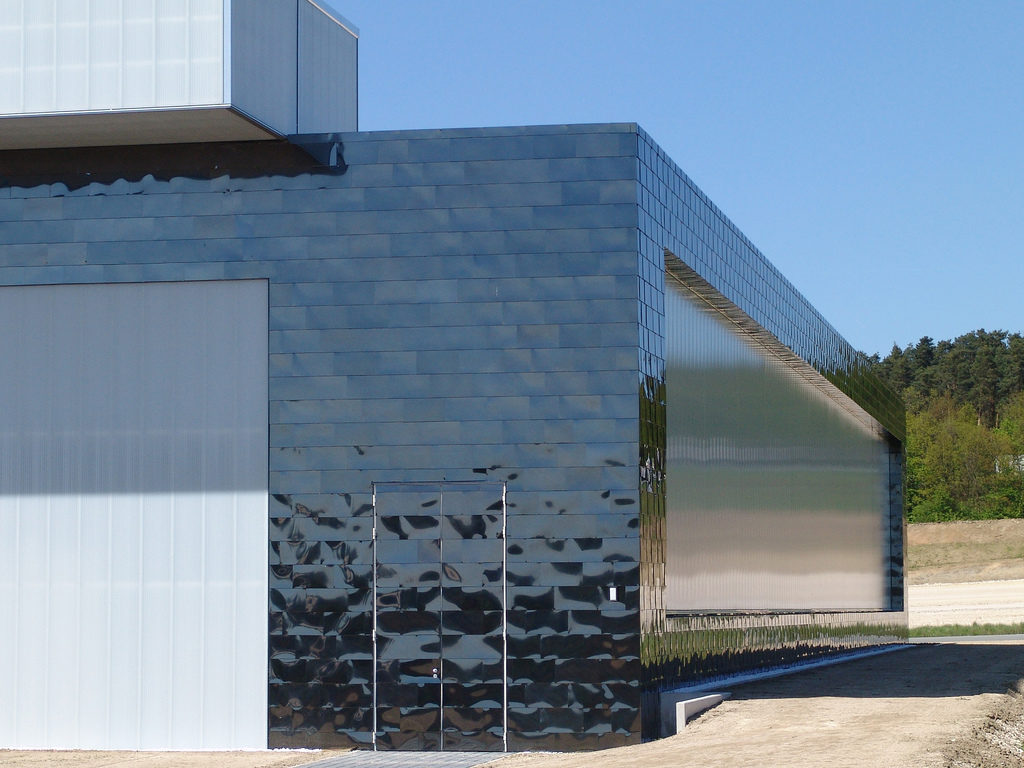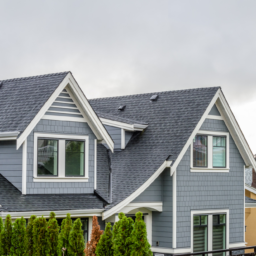What is Wall Cladding?
Wall cladding is a style of decorative covering intended to make a wall look like it’s made of a different material than it actually is.
Choosing The Right Wall Cladding For Your Home
The right wall cladding is a final touch to the overall design of your home. It can make a difference between cozy and rustic and modern and edgy. But, it’s not all about the aesthetic. Wall cladding is also used to fight the weather conditions and it can increase (or decrease) the value of your property.
Choosing the cladding for your home is an important task and before you do it, it’s best to get to know the materials you can choose from and to have an overall vision of what your house should be. Here are a few of the most common examples to consider when designing and decorating your home:
Wood Cladding
Wood cladding is very popular first and foremost, because of its retro and rustic appearance. It’s also a good choice from the environmentalist point of view because it has a very low footprint. Timber has a long lifespan – it can last up to 30 years with the right care. It’s very easy to come by and depending on your location – you’ll have a lot of options to choose from when it comes to the type of wood. The only downside is the cost of maintenances – wood cladding needs to be painted on regular basis because it gets damaged by hard weather.
Stone Cladding
Combined with the right environment, stone cladding can look beautiful. If your house has a large and lush garden, stone cladding will be a natural fit, giving it a luxurious look. It comes in a variety of designs, so you can incorporate it with both modern and retro homes. Stone is obviously a very durable material, which means that once you’re done with cladding you don’t have to worry about it anymore. This can also be interpreted as a down-side, because a lot can change in a decade and what was once a great look, can seem outdated once the neighborhood changes.
Metal Cladding
Metal cladding works best with (post) modern design, especially if you find the right lighting to emphasize its features. Using composite aluminum panels is the best way to go because it’s easy to install and maintenance cost is pretty low. It’s a robust and durable material, resistant to any weather and because it’s completely artificial you get to choose the color (and you can be very specific). Aluminum is also very unfriendly to insects, which can be a serious problem with all other materials. It’s also much thicker than other metal options, making it more resistant to impact.

Brick Cladding
Bricks can be made in wide range of sizes, shapes, and colors that make them easy to incorporate into different looks. But overall, they’re considered to be more traditional, so don’t use them if your home is very modern. They’re very durable and can last for decades. The installation process is fairly easy and won’t take much of your time. On the other hand, if your area is prone to surface vibration, bricks won’t be a good choice for you, because even a smaller earthquake can displace them. Also, heavy rainfall can be a problem too. Moisture can get in the gaps and cause molding.
Concrete Cladding
Concrete can be used for a variety of designs, but it is a modern material, most compatible with modern architecture. It’s one of the most durable options, with a lifespan of over 60 years. There are basically no maintenance costs – once you install it it’s done. On the other hand, this can also be seen as the downside – tearing down concrete cladding is hard and expensive. That means that if you encounter a problem, you’ll have to make a complete do-over. It’s also energy efficient since the electricity bills will go down once you install concrete cladding. Heavy rains can affect concrete by creating cracks (although it won’t happen that fast).
Man-made Weatherboarding
If you like the look and feel of timber cladding, but you don’t want to be bothered with maintenance weatherboarding is the choice for you. They’re easy to install, but you might need a few layers if your area gets significantly cold during the winter. It’s a good idea to ask around before you make this choice because weatherboards can be made out of different materials and the quality isn’t always the same.

Key Take-Away
If it’s done right, wall cladding should be done only once over a long period of time. Take all the aspects into consideration – esthetics, the cost of maintenance and how it will affect your heating bills. It might turn out that the least expensive solution may cost you most, in the long run, so be careful.



